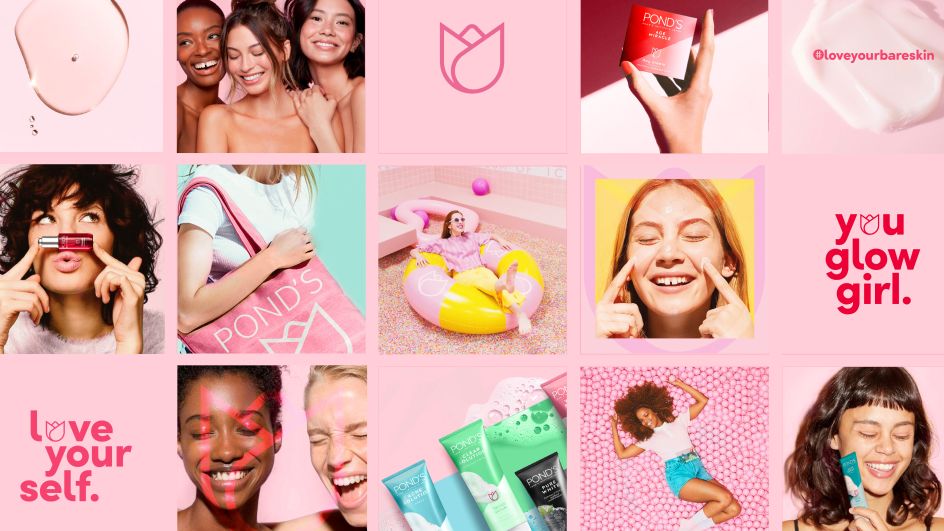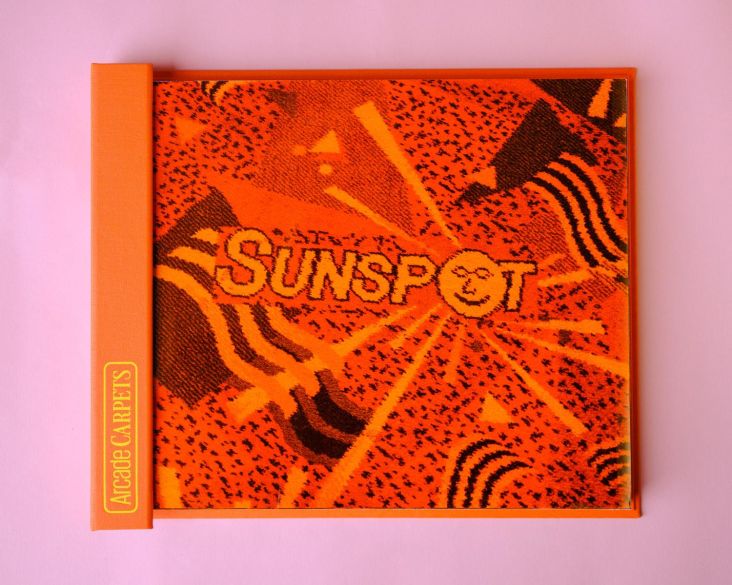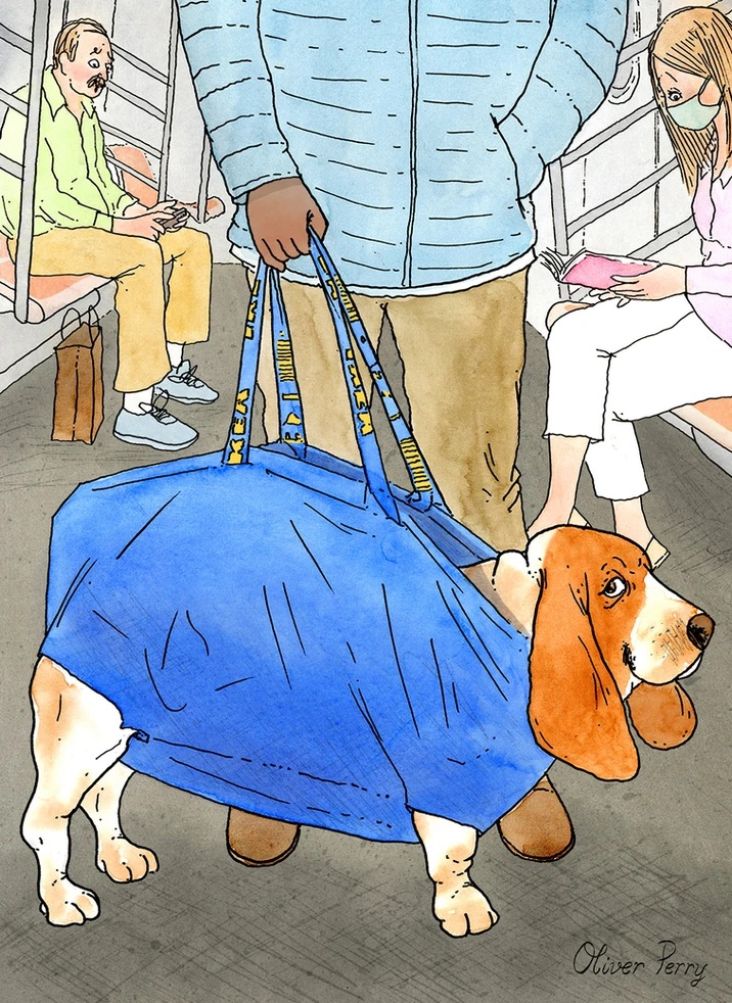
Image licensed via Adobe Stock
A brief is the seed from which every project develops and evolves. And whatever direction your creative team goes in, the brief is always there to refer back to, like a creative contract, grounding you and ensuring everyone's on the right track.
But crafting a successful creative brief isn't an easy task. It goes well beyond merely conveying information but requires expertise, clarity and precision. It also may require a big investment of time. Yet ultimately, it's worth the effort to get it right. Because a well-crafted brief serves as a guiding document that supports creative possibilities, maximises efficiency, and enhances effectiveness.
In this guide, I'll explore the essential elements that make a brief actionable and valuable for clients, enabling them to get the best out of their agency partnerships.
1. Be brief
The clue is in the name: briefs need to be brief. That might sound obvious, but it simply can't be overstated. You must avoid overwhelming the brief with excessive information distracting from the main objectives. Brevity and precision are key.
That's actually tougher than it sounds: it's generally easier to write more than it is to write less. But by keeping the word count tight, you'll be honing your ideas and making them clearer to yourself and others. Be disciplined. Try keeping it to one page.
2. Be clear
Just being concise doesn't mean, by itself, that your brief is effective. It also needs to state clearly what you want to achieve. As the saying goes, from clarity comes conviction. Ultimately, design is about using creativity to solve business problems. So, a well-crafted brief starts by framing the problem the creative team needs to tackle clearly and accurately.
And this requires compromise on your part. In your endeavour to provide focus, you will have to sacrifice things. Be prepared to challenge yourself to really ask what is important and central to success. For instance, asking for creative work to appeal to a new younger audience whilst retaining current older consumers is asking too much, diluting your intentions from the get-go.
3. Identify the core problem
The problem your brand needs to solve might appear obvious at first glance, but it's worth digging a little deeper. Sometimes, what seems like the main problem might actually be masking a more fundamental and all-encompassing underlying issue.
One way to unearth the latter is using the '5 Whys technique' developed in the 1930s by the Japanese industrialist and inventor Sakichi Toyoda. It allows you to peel back the layers and get to the crux of your problem. Here's an example of how that discussion might play out in practice.
"We want to redesign our packaging." Okay. Why? "Because we're losing share." Why? "Because we aren't as relevant as competitors." Why? "Because we are seen as old-fashioned." Why? "The category has moved on since our last redesign." Why? "Because consumers' perception of beauty is different."
Ah, there it is! You've hit the bullseye, understanding the true nature of the problem.
An example from my own experience stems from JDO's work with Pond's, an American brand of beauty and personal care products. They needed to appeal to a younger, new generation of consumers but were perceived as a mature brand rather than a Gen Z brand.
The problem then, essentially, was about relevance. How do you make an icon and established brand relevant to a new, youthful audience with a different sense of femininity? That meant the focus of the brief was not on packaging or an identity refresh; it was about making a fundamental shift in audience appeal. It was about designing for a different mindset and how Pond's could use its equities to speak to this newly empowered generation.

Pond's
4. Understand the context
As well as asking the 5 Whys, you must ask: "Why now"? What has prompted you to write the brief? In other words, you need to analyse the urgency and motivations behind the project to gain comprehensive insights. This approach allows you to understand the business context for the brief, providing a solid foundation for creative solutions.
5. Appetite for change
You can come up with all the transformative ideas in the world. But you also need to ask how much the company, organisation or brand wants to transform.
In other words, it's important that before you embark on a creative journey, you need to evaluate the appetite for change within the organisation. This will help you decide whether you seek an evolution or a more transformative solution. By being honest with yourself and others about the scale of change required and desired, you can align expectations, save valuable time and ensure a successful outcome.
A brief is the seed from which every project grows. Whatever direction you take, it's always there to refer back to, like a creative contract, grounding you and ensuring everyone's on the right track.
6. Be measurable
A well-defined brief must incorporate clear metrics for measuring success. That means creating tangible evaluation criteria aligned with the problem and desired outcomes. Without this, the outcome of the final design will simply be a matter of personal opinion.
Whether you want to improve how people see your brand, increase sales, or make more people aware of your message, it's important to be specific about what you're measuring and how you will measure it. This way, you can objectively evaluate if the design is effective and choose the best creative solution that really addresses the issues at the heart of the brief.
7. Socialise it
Before sending your brief to the creative agency, share it internally first. Think about the key decision makers and who should be involved and consulted. This will help gather internal opinions and align objectives, allowing you to improve and tighten the brief.
Treat the brief like a creative contract that sets the standards for evaluation. It's better to address differing opinions before the initial presentation rather than during it. Don't let design dictate your strategy, and avoid the mindset of "We'll know it when we see it."
](https://www.creativeboom.com/upload/articles/ef/ef0f94be229f764944cf7ffa662edb2691acd72a_944.jpg)
Ed Silk, global head of strategy at JDO
8. Make briefings immersive
Keep your brief concise, but use the briefing process to foster deep engagement with your creative partners.
Immerse the agency in your brand and its challenges to gain a deep understanding. Share contextual information, highlight successes, and make sure the agency truly gets your brand. This empowers them to look beyond assumptions for innovative solutions that drive success.
For instance, we recently participated in a brief for a leading deodorant brand from Unilever. It was a half-day session where we immersed ourselves in the brand, learned valuable information, and even did fragrance testing. This helped us truly understand the brand's essence and its product.
This starkly contrasts with other instances where clients didn't even bring the products we were supposed to redesign to the briefing. These experiences highlight the importance of thorough and engaging briefings that set the stage for successful collaborations and outstanding outcomes.
Conclusion
The brief is the cornerstone of successful branding and must be taken seriously. Crafting an effective creative brief is a skilled endeavour that requires precision, problem-framing, and open communication. By following these key elements, modern brands can create briefs that inspire, inform, and empower agencies to deliver exceptional results.





 by Tüpokompanii](https://www.creativeboom.com/upload/articles/58/58684538770fb5b428dc1882f7a732f153500153_732.jpg)


 using <a href="https://www.ohnotype.co/fonts/obviously" target="_blank">Obviously</a> by Oh No Type Co., Art Director, Brand & Creative—Spotify](https://www.creativeboom.com/upload/articles/6e/6ed31eddc26fa563f213fc76d6993dab9231ffe4_732.jpg)
















